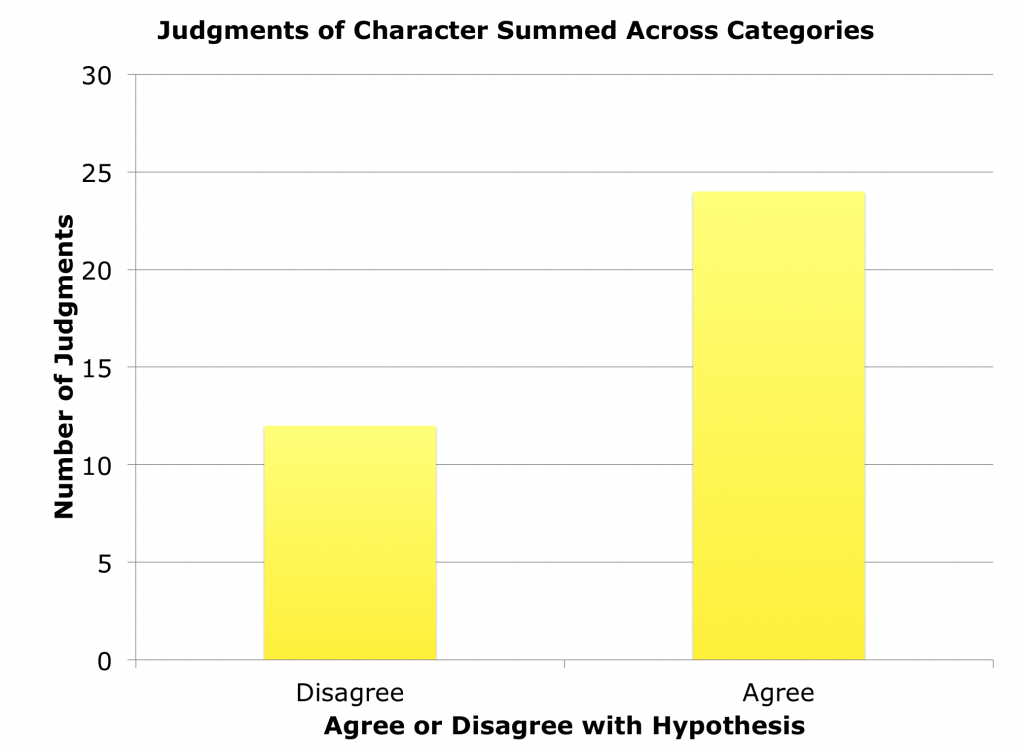Face Finder is designed to teach students about their own cognitive biases for ethnicity and gender. Players work to solve a murder mystery by guessing the identity of five characters (Killer, Accomplice, Witness, Bystander, and Victim). Players update their guesses during each round of play, and they cast a final guess after the 40th round. Players base their guesses on clue cards, face cards, and character cards. Only character cards are required to solve the crime, but we predicted that players would choose face cards that demonstrate an in-group bias for benevolent characters (i.e., Victim and Bystander) and an out-of-group bias for malevolent characters (i.e., Killer and Accomplice).
Nine high school students participated in the study, and they reported their ethnicity in alignment with one of the five ethnicities in the game (Caucasian, Asian/Pacific Islander, Indian/Middle Eastern, Hispanic/Latino, and Black). Players were informed that categories were loosely defined and to choose the one they identified with the most. The rules of the game were described in a previous post. Before describing the data, I should mention that there were errors made during data collection. Rather than making a guess for all five characters on each round, players only made a guess for one character. Consequently, feedback for each guess was too specific and players guessed the identity of the characters more quickly than we envisioned. To compensate, we collected data from the second round of play, where players were more likely to select any ethnicity they wanted for the characters.
Data were analyzed relative to a baseline. Because there were five ethnic categories, a player had a 20% chance of selecting their own ethnic category as the Victim or Bystander. There was an 80% chance that they would identify a Killer or Accomplice as out-of-group. Subjects’ guesses were categorized as supporting our prediction or not. The number of guesses that agreed with our prediction (24 out of 36) were counted and compared to the number expected by chance. A non-significant trend was observed for each category (Figure 3), where subjects were making more in-group biases for Bystander and Victim and more out-of-group biases for Killer and Accomplice (Chi-squared, p > 0.10). A significant trend was observed for all guesses summed across categories, and this trend was greater than expected by chance (Figure 4)(Chi-squared, p < 0.05). We observed ethnic biases for judgments of character in our game, and this data was further supported by qualitative reports from the subjects themselves. Players reported making judgments based on the ethnicity of the Face Cards when they were irrelevant to the task.
Despite the errors we made in collecting data, our game proved to be a valid tool for exposing ethnic bias, and it may serve to educate students about cognitive biases in general. Clearly, a replication with more data is required. While the current iteration of this game focused on ethnicity, we have yet to analyze the data pertaining to gender. Also, this game could also be adapted in the future to expose other biases. The student designer recently revealed that she had an interest in exposing biases associated with sexual orientation and gender identity. I’m excited to see if she will develop this variation of the game on her own.
Figure 1
Figure 2




